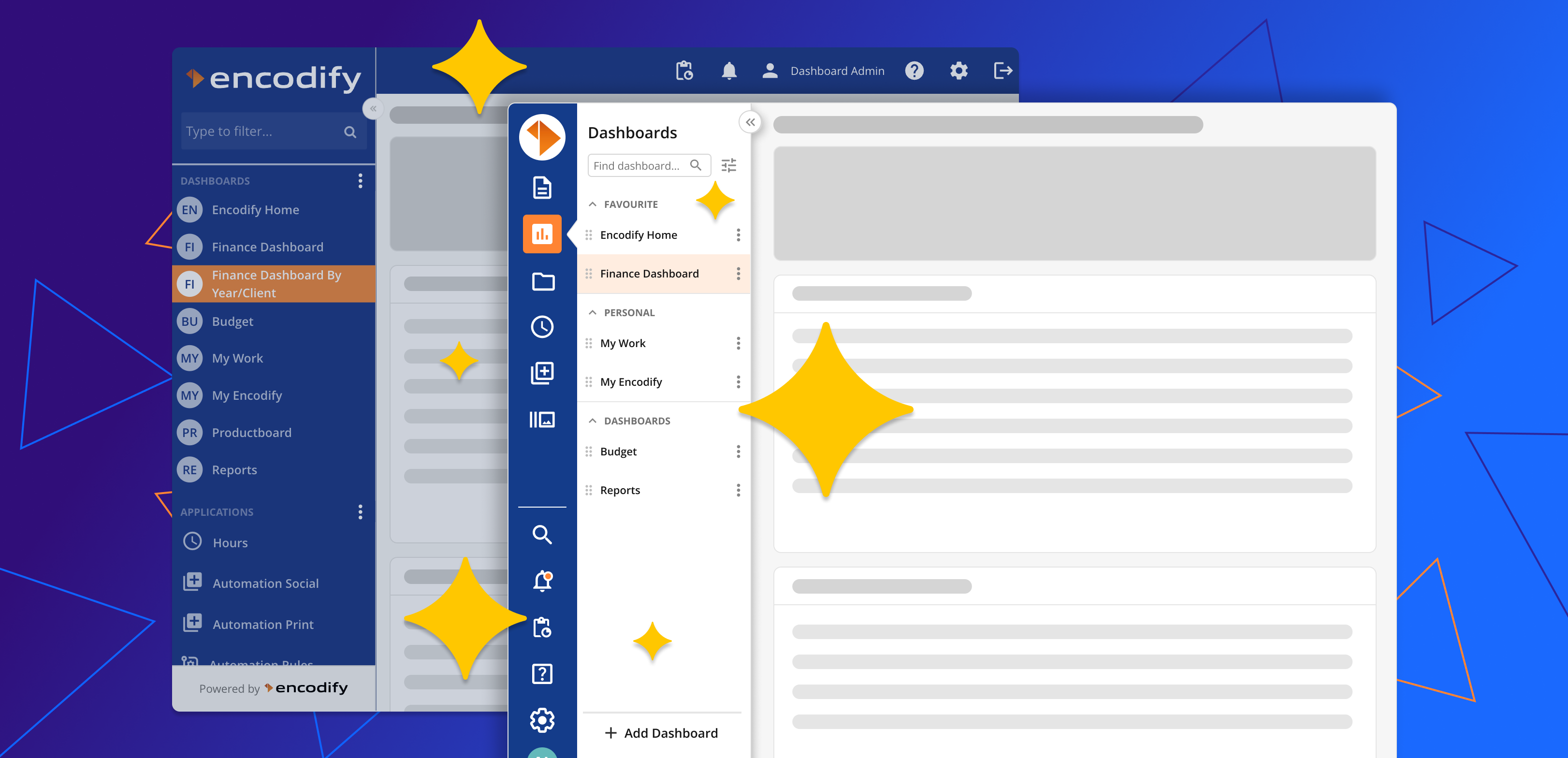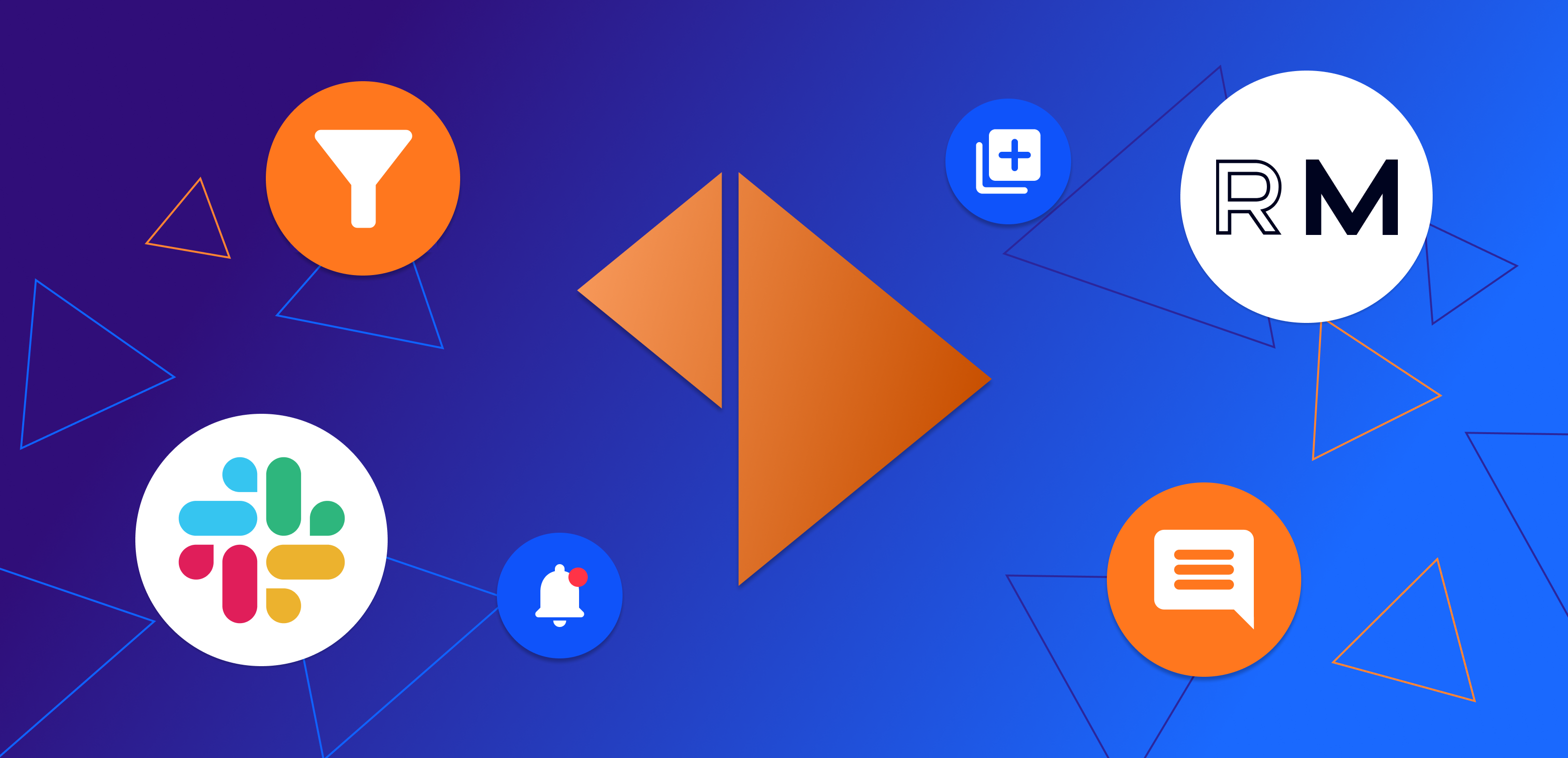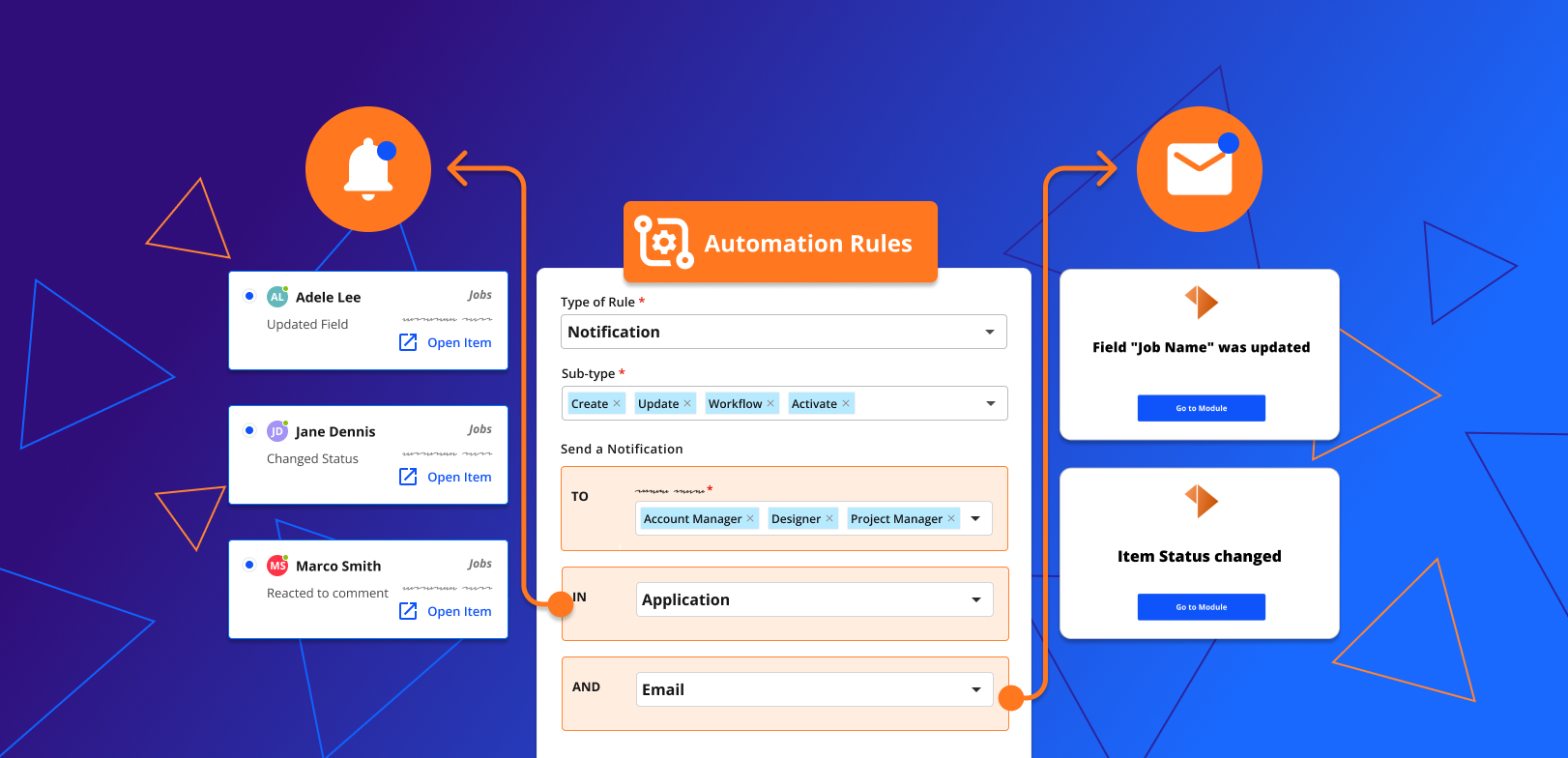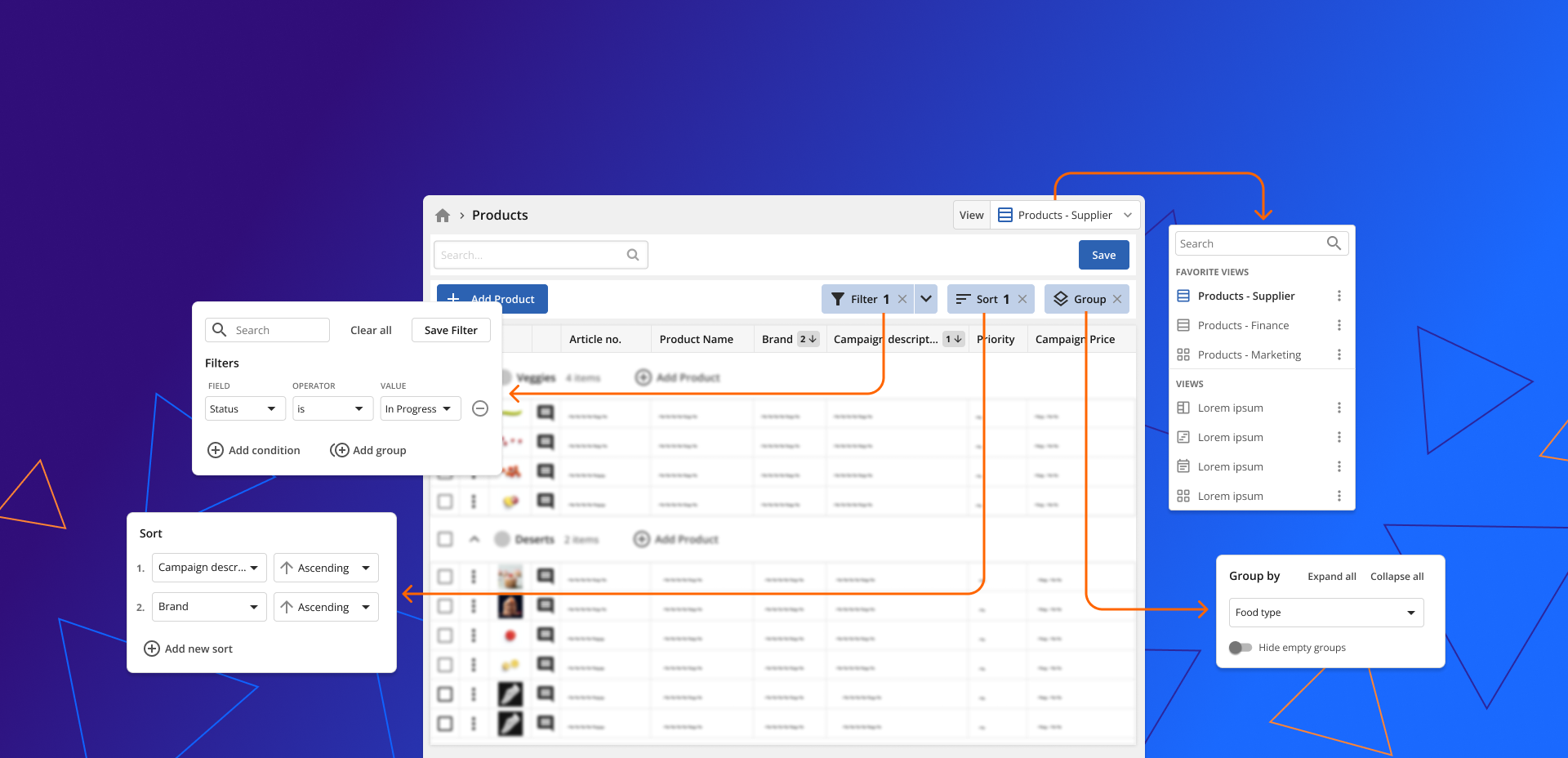Your guide to Digital Asset Management (DAM)
Encodify
7 min read

Digital Asset Management will ensure smoother access, use, and distribution of your digital resources. Read more here.
What is Digital Asset Management?
Digital Asset Management – or short DAM – is a system or software that helps you store, organize, filter, and retrieve all your digital assets: pictures, videos, documents, music, files, and other multimedia content.
How does it works? It depends on which DAM system you choose for your business – but generally, Digital Asset Management software will manage copyrights, ideally GPDR requirements in terms of personal data, handle permissions/licensing, and make sure that there is no confusion as to the latest version of an asset.
Furthermore, DAM software makes sharing assets with, for instance, freelancers, agencies, or business partners much easier. So, whether you are an agency, photographer, non-profit, small business, retailer, or working in another industry – Digital Asset Management will ensure smoother access, use, and distribution of your digital resources.
Why is Digital Asset Management important?
As content marketing and marketing using video, images, and interactive graphics become the predominant way of branding your company, product, and services – the number of digital assets grow exponentially.
As a result, new challenges arise regarding version control, copyrights, GDPR compliance, not to mention brand identity, and much more – making (cloud-based) digital asset management essential to all companies operating online in some way.
What is today’s DAM?
Digital Asset Management systems used to be standalone applications - essential tools used by global agencies to provide brands with an added value to their primary marketing/production services. However, today, with the huge increases in content creation and accessibility, affordability and the presence of DAM systems have exploded.
This means organizations across industries, not just agencies, can benefit from getting their own DAM. And the emergence of technically educated marketers is pushing this trend of brands managing their own content further.
With the increase in demand comes the obvious rise in supply – and that means finding the right DAM is getting more difficult. However, answering the following three questions will effectively get you well on your way to finding the right DAM:
- Who is creating the content?
- Who will use it?
- Who will manage it?
Who is creating the content?
Defining who is creating your content, will help you identify how early in the process, a digital asset management system needs to be involved, and what interaction is required. For instance, brands usually have multiple agencies – and agencies almost always work with multiple brands.
And because your DAM system rarely stands alone, you must find a system that can integrate into other systems. As an agency, you could find inspiration from the DAM used by your clients. And on the other hand, if you are a brand owner, the agencies’ workflow management tool could be used as inspiration.
Who will use the content - and who manages it?
This is probably the most important question of them all. Different users have different needs. For example:
The general user will most likely benefit from the interface of the digital asset management system is intuitive and straightforward, so the user can find what he or she wants quickly and easily.
Creative users and production users often want the DAM to be transparent, where version control and access are maintained but don't slow down the process when they are working with creative tools.
And then you have your “Super Users” - often the owners of the platform, that want to be able to manage the site and keep it tidy. If your superuser is not able to do this, the experience for the other users will be – well, less than optimal. So, to help your superuser having quick ways of seeing key reports on their assets is also a definite advantage.
To sum up, this means your enterprise digital asset management software must have:
- User group and access management. (So, you can choose what is shown to whom)
- Release date control
- Expiry control
- Rights management
- watermarking
Filter and download with ease.
- This means being able to capture custom metadata easily
- Simple ways of searching across the metadata
- Simple download or retrieval process
- Sharing capabilities
Reporting options and functions - examples include:
- Dashboards
- Downloads
- Uploads
- Expired
- And more …
With more and more companies operating globally, the DAM users will potentially be situated all over the world, which means that the best (ideally cloud-based) digital asset management solutions must be localised and accessible form multiple countries – perhaps using different interfaces and languages.
- Translation of content
All of the above requirements provide you with a great basis for what you need from a DAM system. But as with everything else today – it is all about being smart. Your DAM should offer ways of automating – and help your team to be more efficient.
What are the best Digital Asset Management systems of tomorrow?
A new trend is the rise of AI and Machine Learning in combination with a DAM. Examples are, for instance, when a DAM automatically assigns keywords to assets based on the content. And with so many platforms to distribute content on, a huge help would be if the DAM could take one asset and automatically convert it for other platforms, right?
A DAM can and should automatically be suggesting what content is needed to the marketeer based on things such as trends, milestones, or even something like weather or key news events. So, the best Digital Asset Management systems of tomorrow are the ones that offer this kind of automation and optimization at a higher level.
At Encodify, we believe in the future of DAM software with machine learning – and we want “Encodify to show you”. Digital asset management is a huge part of what we have done for nearly 20 years – and we are constantly developing and evolving the Encodify solution with our customers.











